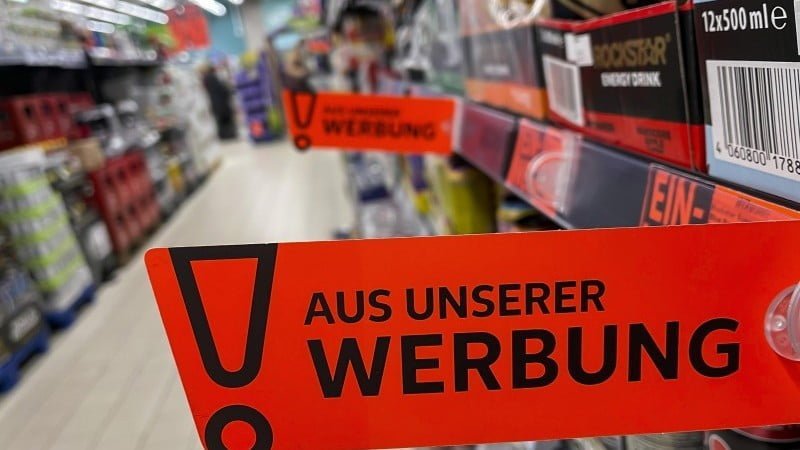German inflation drops but there’s no sign of broader downward trends
German headline inflation dropped in March to the lowest level since last summer. However, there are still no signs of any broader disinflationary trend outside energy and commodity prices
Has the disinflationary process started? We don’t think so. German March headline inflation came in at 7.4% Year-on-Year, from 8.7% YoY in February. The HICP measure came in at 7.8% YoY, from 9.3% in February. The sharp drop in headline inflation is mainly the result of negative base effects from energy prices, which surged in March last year when the war in Ukraine started. Underlying inflationary pressures, however, remain high and the fact that the month-on-month change in headline inflation was clearly above historical averages for March, there are no reasons to cheer.
No signs of broader disinflationary process, yet
Today’s sharp drop in headline inflation will support all those who have always been advocating that the inflation surge in the entire eurozone is mainly a long but transitory energy price shock. If you believe this argument, today’s drop in headline inflation is the start of a longer disinflationary trend. As much as we sympathised with this view one or two years ago, inflation has, in the meantime, also become a demand-side issue, which has spread across the entire economy. The pass-through of higher input prices, though cooling in recent months, is still in full swing. Widening profit margins and wage increases are also fueling underlying inflationary pressure, not only in Germany but in the entire eurozone.
Available German regional components suggest that core inflation remains high. While energy price inflation continued to come down and was even negative for heating oil and fuel, food price inflation continued to increase. Inflation in most other components remained broadly unchanged. Given that energy consumption is more sensitive to price changes than food consumption, it currently makes more sense for the European Central Bank to only look at headline inflation that excludes energy but includes food prices when assessing underlying inflationary pressure.
All this means is that just looking at the headline number is currently misleading; there are still few if any signs of any disinflationary process outside of energy and commodity prices.
Headline inflation to come down further but core will remain high
Looking ahead, let’s not forget that inflation data in Germany and many other European countries this year will be surrounded by more statistical noise than usual, making it harder for the ECB to take this data at face value. Government intervention and interference, whether that’s temporary or permanent or has taken place this year or last, will blur the picture. In Germany, for example, the Bundesbank estimated that energy price caps and cheap public transportation tickets will lower average German inflation by 1.5 percentage points this year. And there is more. Negative base effects from last year’s energy relief package for the summer months should automatically push up headline inflation between June and August.
Beyond that statistical noise, the German and European inflation outlook is highly affected by two opposing drivers. Lower-than-expected energy prices due to the warm winter weather could are likely to push down headline inflation faster than recent forecasts suggest. On the other hand, there is still significant pipeline pressure stemming from energy and commodity inflation pass-through and increasingly widening corporate profit margins and higher wages.
Even if the pass-through slows down, core inflation will remain stubbornly high this year.
ECB has entered final phase of tightening
As long as the current banking crisis remains contained, the ECB will stick to the widely communicated distinction between using interest rates in the fight against inflation and liquidity measures plus other tools to tackle any financial instability. The fact that there are still no signs of any disinflationary process, discounting energy and commodity prices, as well as the fact that inflation has increasingly become demand-driven, will keep the ECB in tightening mode.
The turmoil of the last few weeks has been a clear reminder for the ECB that hiking interest rates, and particularly the most aggressive tightening cycle since the start of monetary union, comes at a cost. In fact, with any further rate hike, the risk that something breaks increases. This is why we expect the ECB to tread more carefully in the coming months. In fact, the ECB has probably already entered the final phase of its tightening cycle. It’s a phase that will be characterised by a genuine meeting-by-meeting approach and a slowdown in the pace, size and number of any further rate hikes.
We’re sticking to our view that the ECB will hike twice more – by 25bp each before the summer – and then move to a longer wait-and-see stance.
source: ING


